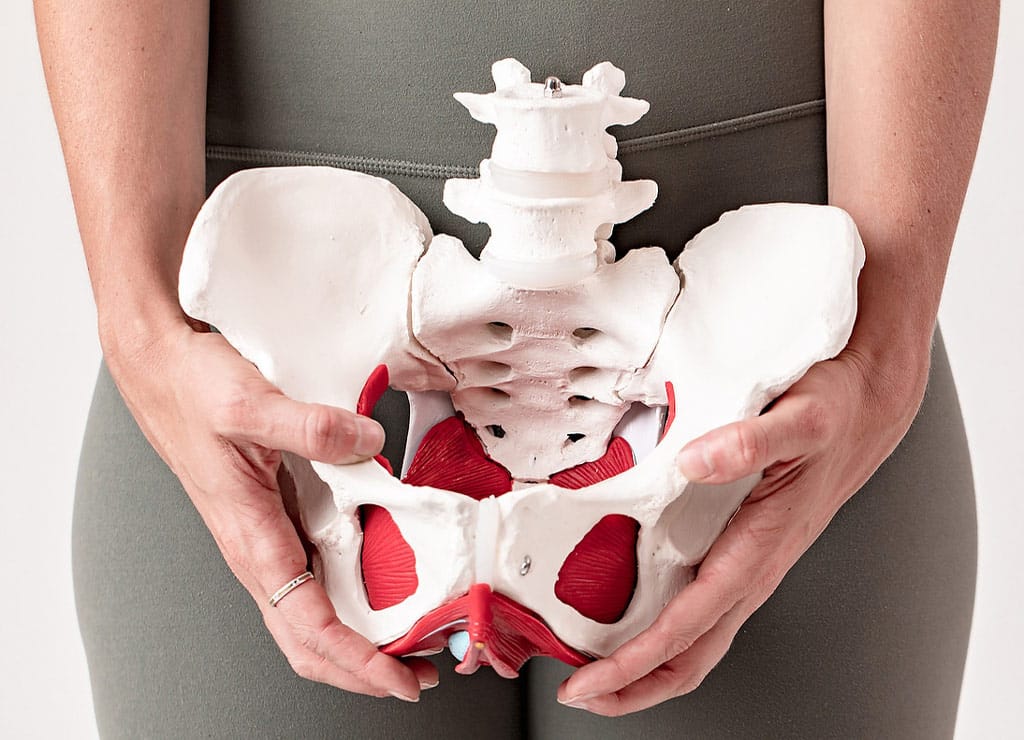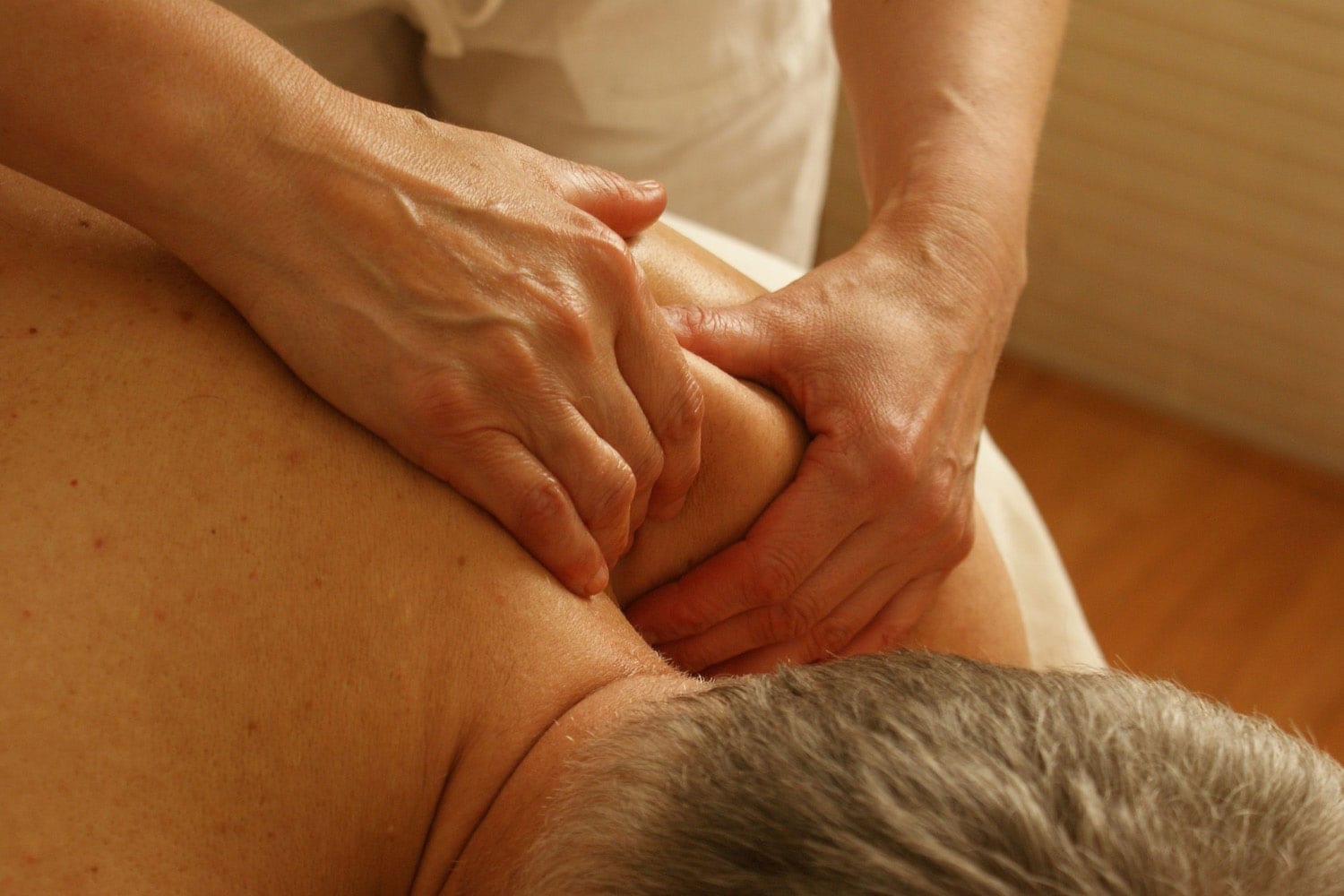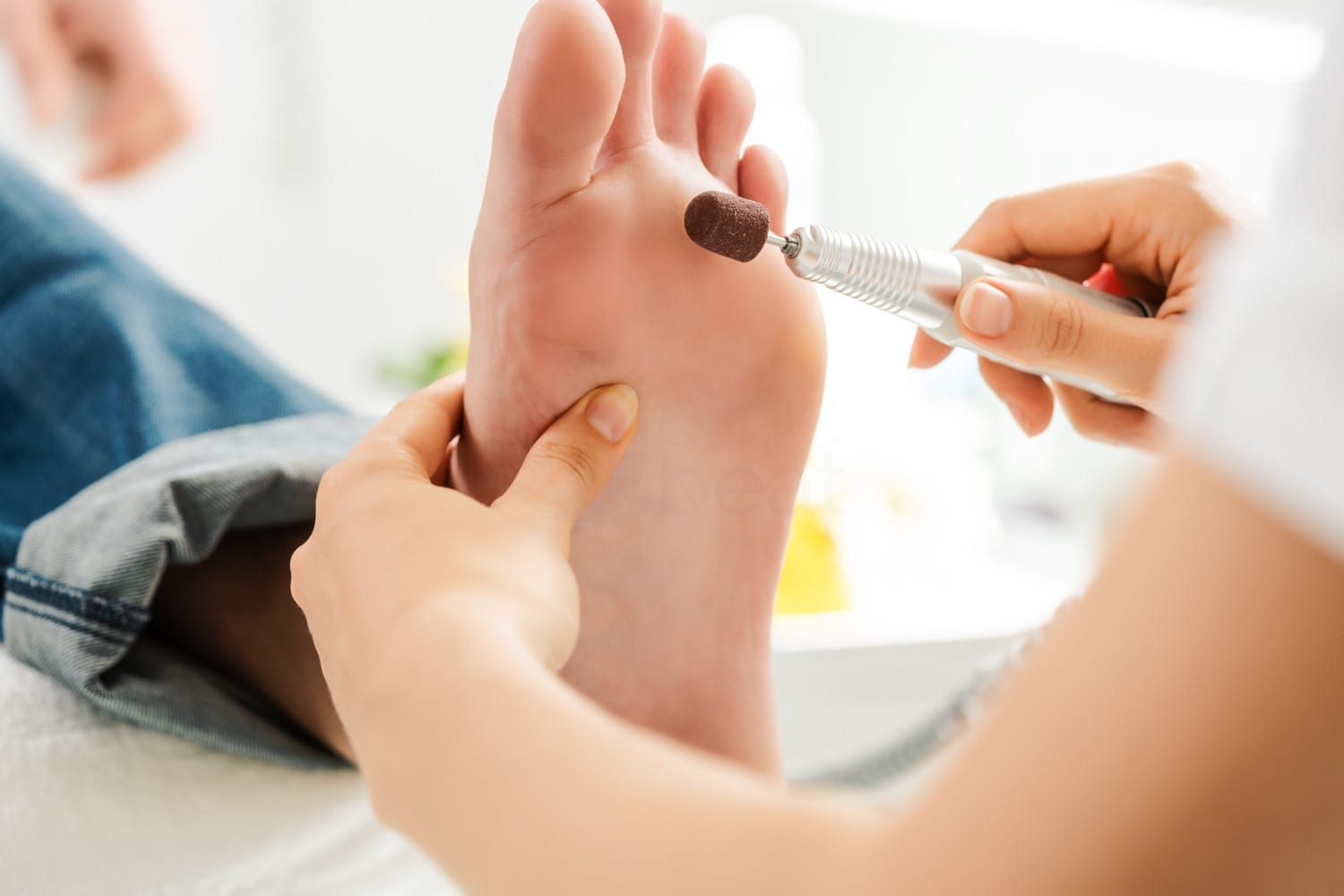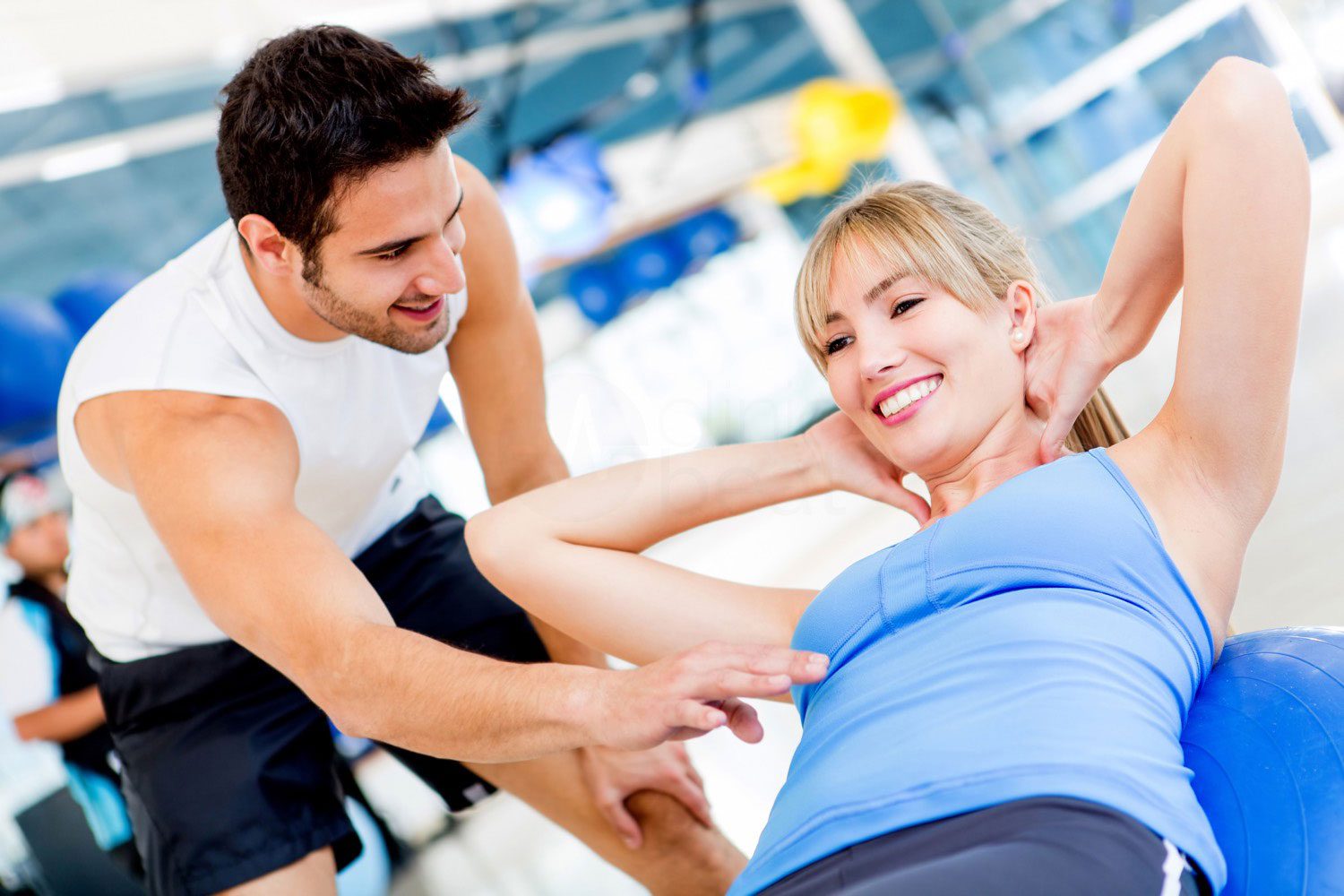Stretching is definitely one of those things that’s easily overlooked when it comes to exercise. Maybe it’s because it only takes a few minutes so you easily brush it off. Or maybe it’s because you don’t “see” the results of stretching that you don’t take it seriously enough. Knowing the benefits of stretching can help you better understand why stretching is important to your daily life.
Stretching is typically associated with flexibility. Indeed, stretching is an important tool for injury prevention by keeping joints and muscles in tip-top shape. However, it actually serves so much more. Stretching can improve posture, boost energy and increase your blood flow.
Is stretching necessary?
Yes. Not only is stretching necessary during exercise but also throughout the work day when you find yourself sitting for an extended amount of time. During or post-workout stretching helps to boost muscle health and strengthen joints.
Whether you’re working, traveling or lounging at home, we often sit for long periods of time. Unfortunately, this can cause your glutes to weaken along with other muscles and joints resulting in an over-stressed feeling (such as in the lower back or knees). Make stretch breaks an essential part of your daily routine.
The benefits of stretching
Why stretching is important can be felt both inside and outside the gym. Make stretching at the gym a part of your strength training regimen. Lifting weights causes the muscles to shorten; so stretching during and after a workout is necessary to lengthen the muscles. Stretching post-workout also gives muscles time to relax and reduce soreness.
When you’re not at the gym, stretching helps improve posture by lengthening tight muscles (often compromised by using computers and Smartphones). Keep your spine in alignment by stretching hunched shoulders and tight chest and lower back muscles.
If you find yourself getting sleepy or losing focus while sitting for a long time, it’s time to get up and stretch. Stretching helps to boost energy by getting the blood flowing and improving concentration.
A shorter stretching session can recharge the body; calm the mind while improving flexibility. Longer sessions such as a Pilates or yoga classes may reduce tension and stress. Incorporating both of these into your weekly routine assists the body physically and mentally.
When to stretch
Often people confuse stretching as warming up. Muscles should be warmed up by walking or riding a bike for 5 to 10 minutes, or lifting light weights for a few sets, in order to warm up the entire body and increase blood flow and oxygen to the muscles.
Then during a workout focus on stretching each body part as you’re training. For example, between exercises during a leg workout, concentrate on stretching the leg muscles. After your workout, spend 5-10 minutes stretching your entire body.
As part of your daily routine, stretch your hip flexors, neck and shoulders—this is a great way to wake up tight muscles and increase energy.
Tips for stretching
Hold each stretch when you first feel resistance, then inhale and exhale as you stretch deeper. If a stretch seems too tough to do, modify and adjust your position by performing the same stretch standing up or sitting down.
Neck, shoulders, lower back, hips, thighs and calves are the major muscle groups which benefit from stretching. Keep the following tips in mind:
- Hold each stretch up to 60 seconds
- Stretch both sides
- Avoid bouncing movements
- Breath, exhale moving into a stretch and inhale as you hold the stretch








